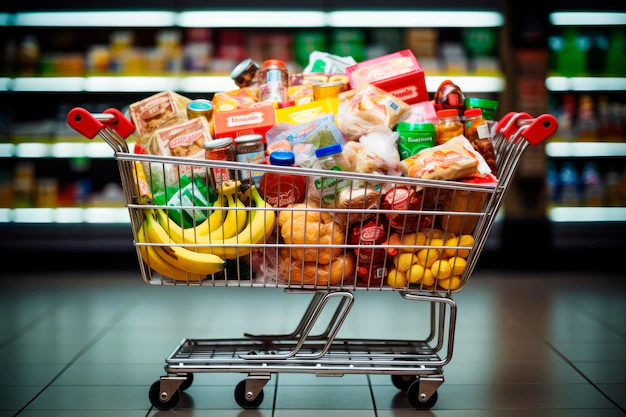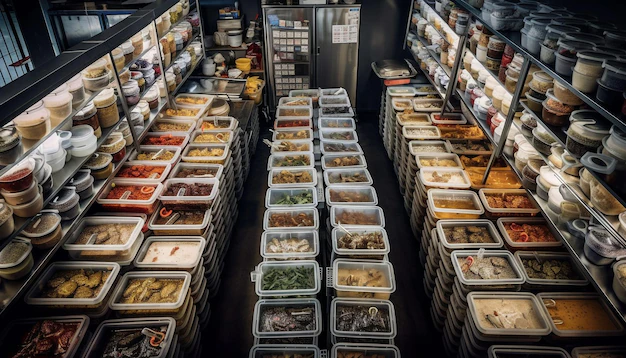An increasing number of families are turning to food pantries for assistance in putting meals on the table as a result of increased food prices and uncertain economic times. If you need assistance, a local food bank can give nutritious goods to complement your grocery budget.
However, there are several things you should know to make the most of your visit. This post will walk you through what to expect and how to prepare for your visit to the food pantry.
Understand The Working Hours And Eligibility Requirements
Most food pantries have a set schedule, whether it’s only open certain days of the week or only during particular hours on those days. Check the pantry’s website or call ahead of time to find out when you can come in for a food selection. You should also ensure that you meet any eligibility conditions, such as income limits, family size requirements, or proof of address. Having your identity and other required documentation on hand can help to expedite the intake process.
Be Respectful Of Volunteers And Other Clients
Remember that food pantry volunteers are taking time out of their day to help those in need. Be courteous, thank them for their assistance, and follow any instructions they provide about the process. Other patrons are also working within limited budgets, so try not to take more than your fair share initially if items seem scarce. You can always come back if you need a few extra items for a large family. Patience and politeness help everyone have a positive experience.
Consider Making A Monetary Donation
While non-perishable food donations are always welcome, monetary gifts allow food pantries to purchase exactly what is needed most at wholesale prices through partner organizations like St. Mary’s Food Bank. Even a few dollars can go a long way in stocking shelves and ensuring no one goes hungry in the community. Look for donation boxes at the front desk if you’re able to give back in this way.
Select A Variety Of Foods

Most pantries offer a choice of breads and grains, proteins, produce, dairy items, and canned or packaged goods. Try choosing a mix across the different categories rather than only selecting one type of food. This helps provide balanced nutrition over multiple meals. And if you have dietary restrictions, let staff know—many places try to have some options for diabetics, those with food allergies, etc.
Come Prepared With A Shopping List
Bringing a basic grocery list of staples, you need to fill in for the week is a good strategy. You’ll be more efficient in selecting items and less likely to forget anything you need at home. The list can also help volunteers find alternatives if their first choices are out of stock that day. Some popular pantry items to include are pasta, rice, beans, canned soups/veggies, peanut butter, and cereal.
Ask About Additional Services
Beyond food, many food pantries offer supplemental assistance like clothing closets, seasonal giveaways like coats or holiday meals, or help to apply for government food assistance programs. Stop at the front desk and see what other resources may be available for your family through community partnerships. Accessing all available services can provide the most support during difficult financial stretches.
Express Gratitude Before Leaving
No one enjoys needing help putting food on the table. But volunteers see their work as helping neighbors in need, not enabling what some may view as laziness. Take a minute at the end of your visit to kindly thank whoever assisted you with the food and the pantry’s service to the community. Expressing appreciation goes a long way in supporting continued efforts to fight hunger and may make future visits feel less stressful.
Read Also:




























